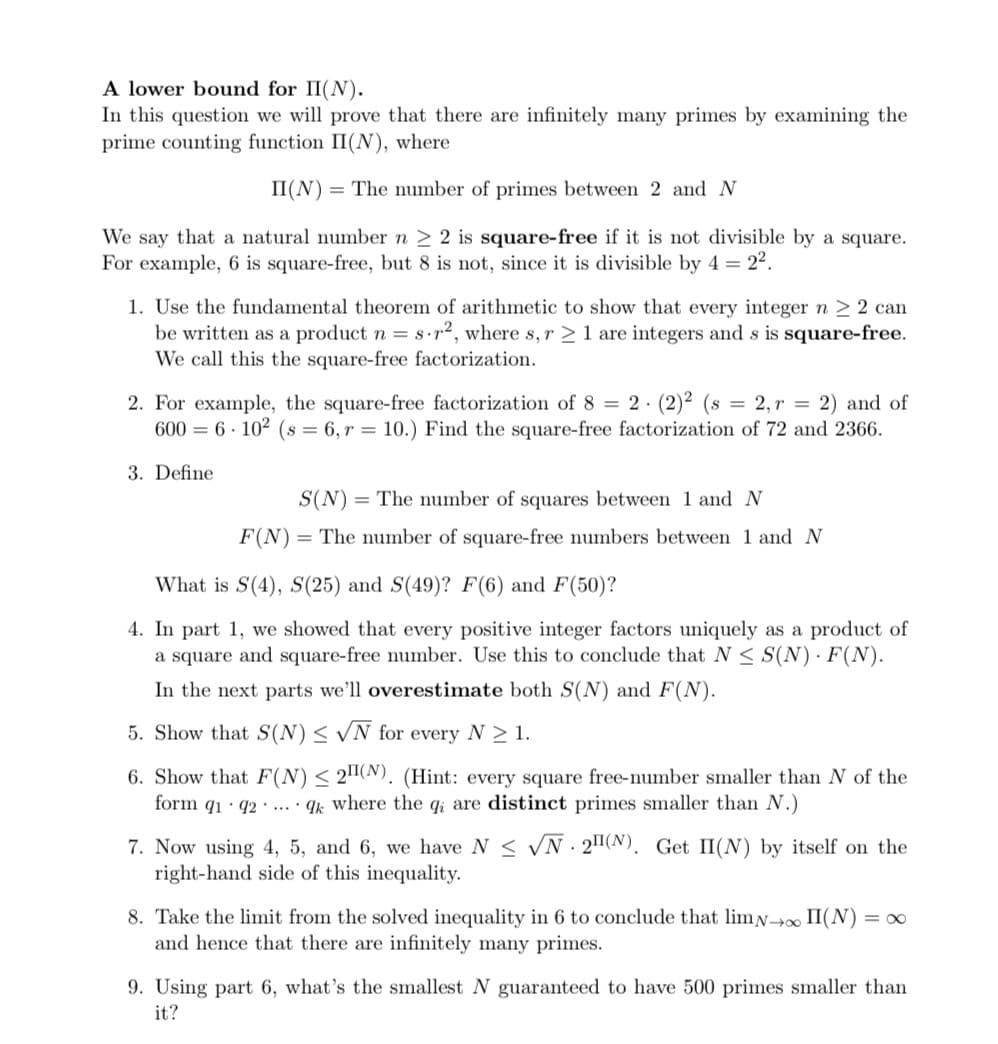7. Now using 4, 5, and 6, we have N < VN . 21(N). Get II(N) by itself on the right-hand side of this inequality. 8. Take the limit from the solved inequality in 6 to conclude that limN-. II(N) = 0 and hence that there are infinitely many primes. 9. Using part 6, what's the smallest N guaranteed to have 500 primes smaller than it?
Permutations and Combinations
If there are 5 dishes, they can be relished in any order at a time. In permutation, it should be in a particular order. In combination, the order does not matter. Take 3 letters a, b, and c. The possible ways of pairing any two letters are ab, bc, ac, ba, cb and ca. It is in a particular order. So, this can be called the permutation of a, b, and c. But if the order does not matter then ab is the same as ba. Similarly, bc is the same as cb and ac is the same as ca. Here the list has ab, bc, and ac alone. This can be called the combination of a, b, and c.
Counting Theory
The fundamental counting principle is a rule that is used to count the total number of possible outcomes in a given situation.
Please solve questions 7,8 and 9.

Trending now
This is a popular solution!
Step by step
Solved in 2 steps






